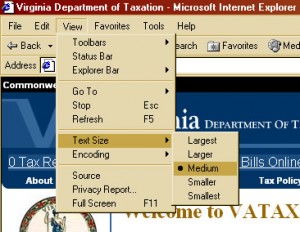The acceleration rate of Google announcements is amazing to watch. As Search Engine Strategies’ Chicago conference roars into full swing this week, Google has:
* Offered an olive branch to mainstream media
* Introduced some nifty Android phone apps that has my wife broadly hinting about a new phone
* Finally introduced official extensions for Google Chrome
* Finally launched Google Chrome for Mac in development/pre-beta
* Launched all kinds of translation and other gadgets.
* Fundamentally changed the search engine results for everyone in North America using Google’s search engine.
Did you miss that last announcement? We’ve been telling people for several years not to pay attention to rankings because they differ. They’ve been slightly differing for a very long time. Now comes the time when they will be different for everyone.
We could explain the ins and outs, but it’s easier to quote and show you the official Google video. On their official blog, Google posted last week that,
Previously, we only offered Personalized Search for signed-in users, and only when they had Web History enabled on their Google Accounts. What we’re doing today is expanding Personalized Search so that we can provide it to signed-out users as well.
What does that mean?
Search guru Danny Sullivan calls this phase Search 4.0. Danny says:
The short story is this. By watching what you click on in search results, Google can learn that you favor particular sites. For example, if you often search and click on links from Amazon that appear in Google’s results, over time, Google learns that you really like Amazon. In reaction, it gives Amazon a ranking boost. That means you start seeing more Amazon listings, perhaps for searches where Amazon wasn’t showing up before.
Sullivan continues:
If they’re looking for a plumber, Amazon probably isn’t close to being relevant, so the personalization boost doesn’t help. But in cases where Amazon might have been on the edge? Personalization may help tip into the first page of results. And personalization may tip a wide variety of sites into the top results, for a wide variety of queries.
We told readers a month ago to stop chasing rankings. We even said in March that “search rankings are dead” as a metric.
Online marketing is about increasing profit. Is generating profit easier if a page on your web site is at the top of someone’s search results? Sure. But ranking is also also about engagement, promotion through advertising and dozens of other significant factors. You still have to do the basics: you need well-written copy on pages organized in a search-engine friendly way with the appropriate meta information, including page titles (title tags) that technically aren’t meta tags. And you need links from other relevant, authoritative web sites and many other things.
Those are the table stakes. That’s what lets you put your site into play as a viable commercial web site. But stop saying you want to be #1 for widgets in your town. Because your #1 is my #7 is your supplier’s #43. We always tell our clients to follow the money. A search engine ranking is not a proxy for profit.
Here’s what the Google camp says about their new search results:
